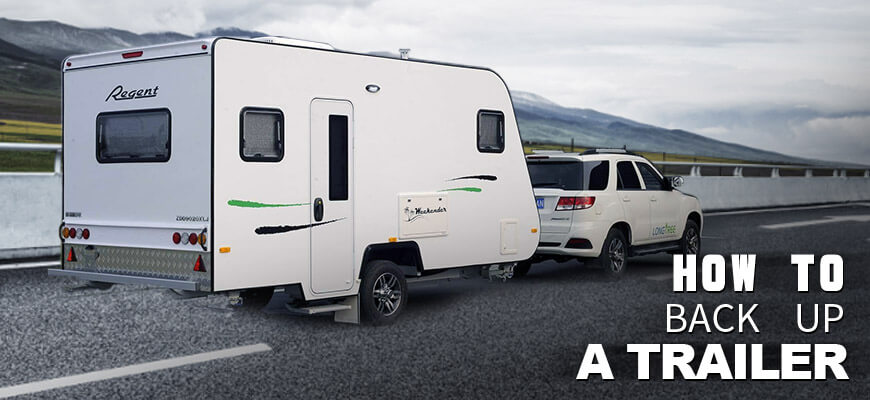
If you're new to towing a trailer, backing it up can be a daunting task. However, with a little bit of practice and some basic knowledge, you can learn how to back up a trailer safely and effectively. In this article, we'll cover some essential tips and techniques to help you become a pro at backing up your trailer.
Table of Contents
- 1. Understanding the Basics of Trailer Backing
- 2. Preparing for Trailer Backing
- 3. Basic Techniques for Trailer Backing
- The Hand-on-the-Bottom-of-the-Steering-Wheel Method
- The Turn-the-Wheel-in-the-Direction-of-the-Turn Method
- The Mirrors-Only Method
- 4. Advanced Techniques for Trailer Backing
- 5. Tips for Troubleshooting Trailer Backing Issues
- 6. Safety Tips for Trailer Backing
- 7. Final Thoughts
- 8. Backup Trailer FAQs
Understanding the Basics of Trailer Backing
Before you start backing up your trailer, it's essential to understand the basic principles of trailer backing. When you're towing a trailer, it's important to remember that the trailer will move in the opposite direction of the tow vehicle. This means that if you turn the steering wheel to the left, the trailer will move to the right, and vice versa.
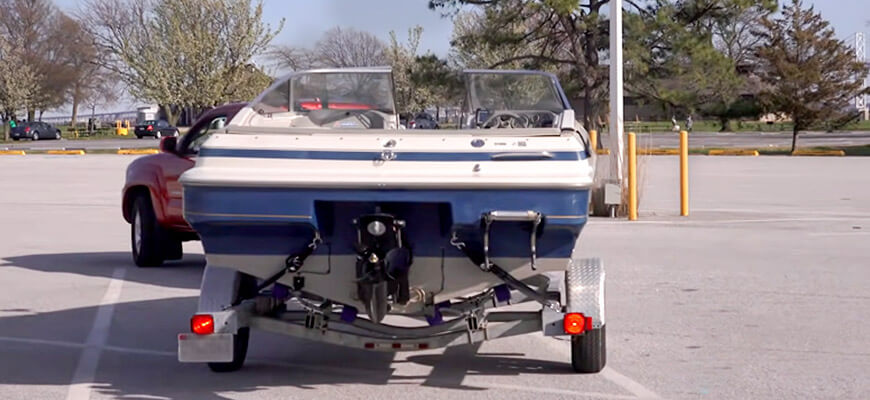
Preparing for Trailer Backing
Before embarking on any trailer backing maneuver, it is essential to adequately prepare both your vehicle and yourself. This chapter outlines two critical aspects of preparation that will contribute to a successful and safe backing experience:
Checking Your Vehicle and Trailer
Performing a thorough inspection of your vehicle and trailer is crucial to ensure they are in optimal condition for backing maneuvers. Follow these steps to check your vehicle and trailer before starting:
- Verify the hitch: Ensure that the hitch connecting the trailer to your vehicle is secure and properly latched. Confirm that all safety chains, electrical connections, and brake systems are functioning correctly.
- Check tire pressure: Ensure that all tires, including those on the trailer and the tow vehicle, are properly inflated according to the manufacturer's recommendations.
- Assess lighting and signals: Test all the lights, including brake lights, turn signals, and hazard lights, to ensure they are functioning correctly. This step is vital for ensuring the safety of both you and other drivers on the road.
- Examine mirrors: Adjust your mirrors to provide optimal visibility of the trailer and its surroundings. Ensure you have a clear view of the trailer's sides and rear.
- Secure cargo: If you have any cargo in the trailer, make sure it is securely fastened and evenly distributed to maintain proper balance during reversing maneuvers.
Choosing a Safe Location
Selecting an appropriate location for your trailer backing practice is paramount to ensure safety and minimize potential obstacles or hazards. Consider the following factors when choosing a location:
- Ample space: Opt for a location with sufficient open space to maneuver your trailer comfortably. Look for areas such as empty parking lots, open fields, or designated trailer backing up practice areas.
- Level ground: Choose a level surface that provides stability for your vehicle and trailer during the backing process.
- Clear surroundings: Ensure there are no obstacles, pedestrians, or other vehicles in close proximity that could impede your backing maneuvers or pose safety risks.
- Minimal distractions: Pick a location with minimal distractions to help you concentrate solely on your trailer reversing skills and techniques.
By conducting these checks, you'll minimize the risk of mechanical issues, improve visibility, and create a safer environment for trailer backing.
Basic Techniques for Trailer Backing
When it comes to backing up a trailer, mastering the basic techniques is fundamental for safe and efficient maneuvering. Here are three essential methods that will assist you in gaining control and confidence while handling your trailer:
The Hand-on-the-Bottom-of-the-Steering-Wheel Method
The hand-on-the-bottom-of-the-steering-wheel method is a popular technique used for precise trailer control in tight spaces. Follow these steps to utilize this method effectively:
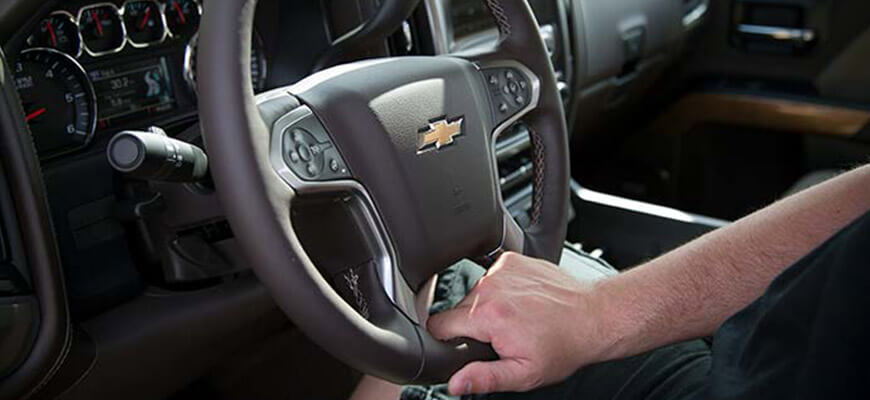
- Position your hand at the bottom of the steering wheel.
- To turn the trailer to the left, move your hand to the left. Similarly, move your hand to the right to turn the trailer in that direction.
- Make small, deliberate adjustments by smoothly turning the steering wheel in the desired direction to guide the trailer.
This technique provides you with direct control over the trailer's movements and is particularly useful when navigating confined areas or making minor adjustments during parking.
The Turn-the-Wheel-in-the-Direction-of-the-Turn Method
The turn-the-wheel-in-the-direction-of-the-turn method is straightforward and effective for general trailer backing. Follow these steps to employ this method:
- Determine the direction you want the trailer to go.
- Turn the steering wheel in the same direction as the intended turn.
- As you turn the wheel, the trailer will follow the path dictated by the tow vehicle's movement.
This method is ideal for larger spaces or situations where you need to make more significant turns while maintaining control over the trailer's movement.
The Mirrors-Only Method
The mirrors-only method relies on the effective use of your mirrors to guide the trailer. Here's how to employ this technique:
- Adjust your mirrors to provide the best possible view of the trailer's movement.
- Turn your head and focus on the corresponding mirror to monitor the trailer's position.
- Use the mirrors as your primary reference point to determine when and how much to adjust your steering.
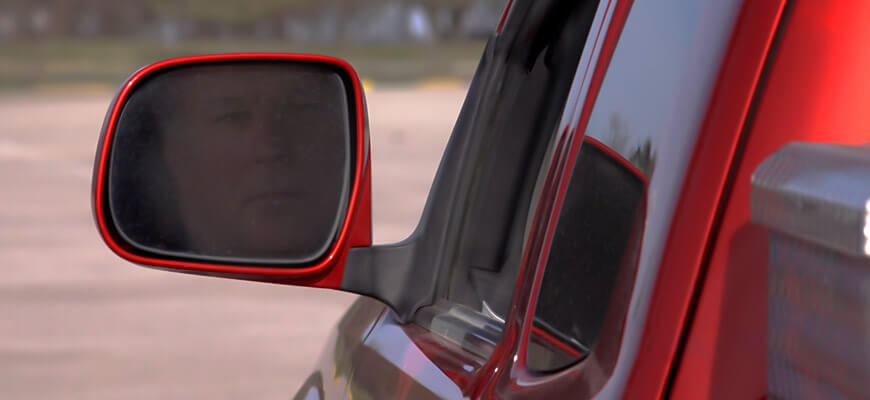
By relying solely on your mirrors, you can develop a better understanding of the trailer's behavior and improve your spatial awareness during the backing up process.
These basic techniques provide a strong foundation for trailer backing skills. Practice each method in a controlled environment, gradually expanding your proficiency with different scenarios and challenges. By doing so, you'll build the confidence and expertise necessary to handle various backing situations with ease.
Advanced Techniques for Trailer Backing
Once you have mastered the basic techniques of trailer backing, you can explore more advanced methods that can further enhance your skills and precision. Here are two advanced techniques to consider:
The Jackknife Technique
The jackknife technique is a valuable skill to have when you need to navigate tight turns or maneuver in confined spaces. This technique involves intentionally causing the trailer to jackknife, allowing you to position it precisely.
To execute the jackknife technique, follow these steps:
- Begin by pulling your tow vehicle forward slightly past the point where you want to make the turn.
- Gradually start reversing while turning the steering wheel in the opposite direction of the desired turn. For instance, if you want to turn the trailer to the left, turn the steering wheel to the right.
- As the trailer begins to jackknife, straighten the steering wheel to align the trailer with your desired trajectory.
It's important to exercise caution when using the jackknife technique. Practice in a controlled environment until you are comfortable and confident in your ability to perform this maneuver safely.
The Spotter Method
The spotter method involves enlisting the assistance of a spotter or guide to help you navigate and back up the trailer more accurately. A spotter can provide valuable feedback and visual cues to ensure your movements are precise and aligned with your intentions.

Here's how to effectively utilize the spotter method:
- Position your spotter in a location where they have a clear view of both the trailer and the driver's seat.
- Establish clear communication signals or hand gestures with your spotter before starting the backing maneuver.
- Use your spotter's guidance to make adjustments in your steering, speed, and direction.
- Rely on the spotter's instructions regarding when to stop, when to make turns, and when to straighten the trailer's alignment.
Remember that effective communication is key during the spotter method. Maintain open lines of communication with your spotter to ensure smooth and safe trailer backing.
Using a Backup Camera
Utilizing a backup camera can provide you with an additional tool for better visibility and enhanced precision during reversing a trailer. A backup camera can help you monitor the trailer's position and proximity to obstacles.
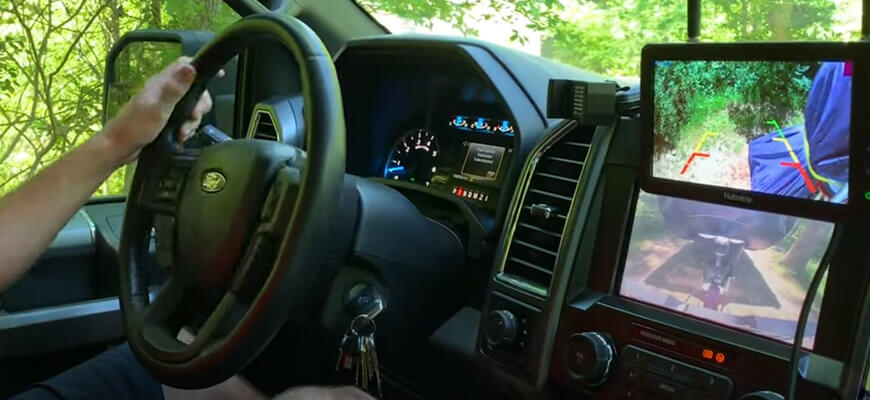
To make the most of a backup camera:
- Ensure that the camera is properly installed and positioned to give you a clear view of the trailer and its surroundings.
- Familiarize yourself with the camera's display and understand how to interpret the visual information it provides.
- Use the backup camera in conjunction with your mirrors and visual judgment to get a comprehensive view of the backing situation.
By incorporating these advanced techniques into your repertoire, you can elevate your trailer backing skills and handle more challenging scenarios with confidence and precision. Practice regularly and gradually expand your proficiency with these methods to become a master at trailer maneuvering.
Tips for Troubleshooting Trailer Backing Issues
Backing up a trailer can be challenging, even for experienced drivers. Here are some tips for troubleshooting common issues:
- If the trailer starts to sway, slow down and try to straighten out the tow vehicle.
- If the trailer starts to fishtail, apply the trailer brakes and slowly come to a stop.
- If the trailer is not responding to your steering inputs, try adjusting your mirrors or changing your position in the tow vehicle.
Safety Tips for Trailer Backing
Backing up a trailer can be dangerous if you're not careful. Here are some safety tips to keep in mind:
- Always wear your seatbelt and ensure that all passengers do the same.
- Use a spotter if possible.
- Check your surroundings for pedestrians, vehicles, or obstacles before backing up.
- Keep your speed slow and steady.
- Avoid sudden or sharp turns.
Final Thoughts
Backing up a trailer can be a challenge, but with practice and patience, anyone can learn how to do it. Remember to take your time, use your mirrors to guide you, and always check your surroundings before making any movements. With these tips and techniques, you'll be a master at backing up a trailer in no time.
Backing up Trailer FAQs
What should you avoid when backing with a trailer?
When backing up with a trailer, it is important to avoid abrupt or sudden movements. Try to avoid overcorrecting the steering wheel or making sharp turns, as this can cause the trailer to swing out of control.
What should you always do before backing up?
Before backing up, it is crucial to perform a thorough check of your surroundings. Ensure that there are no obstacles, pedestrians, or vehicles in your path. Also, double-check that your trailer is securely hitched to the tow vehicle.
How can I ensure that my trailer is properly aligned with my tow vehicle?
To ensure proper alignment between your trailer and tow vehicle, use your side mirrors to visually confirm that the trailer is tracking behind the vehicle in a straight line. You can also utilize reference points, such as the trailer's position relative to the road or parking lines.
Can I rely solely on a backup camera when backing up my trailer?
While backup cameras can be valuable aids, it is not advisable to rely solely on them when backing up a trailer. It is essential to use a combination of mirrors, visual judgment, and, if available, a backup camera to ensure safe and accurate maneuvering.
What should I do if my trailer starts to sway?
If your trailer begins to sway, it is crucial to remain calm and take immediate action. Gradually reduce your speed by letting off the accelerator, avoid sudden braking, and gently steer to regain control. If necessary, consider investing in sway control devices or weight distribution hitches to minimize trailer sway.
How can I prevent my trailer from jackknifing?
Preventing jackknifing requires maintaining a controlled speed and practicing proper steering techniques. When making turns, especially tight ones, avoid sharp or abrupt movements. Use the appropriate turning technique for your situation, such as the hand-on-the-bottom-of-the-steering-wheel method or the turn-the-wheel-in-the-direction-of-the-turn method.
